Trek bikes range: which model is right for you?
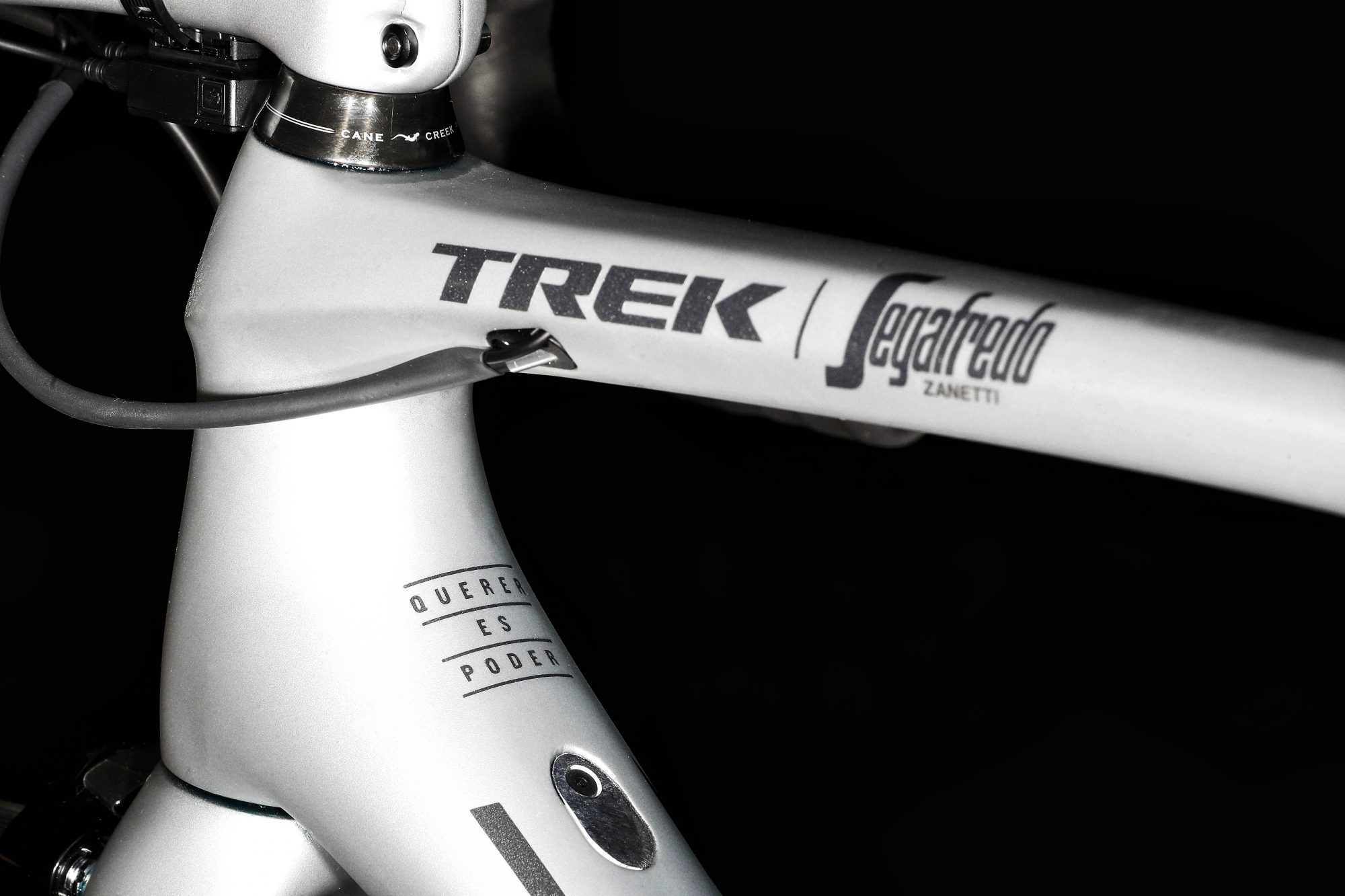

The humble beginning of Trek bicycles took place in the "red barn" - once a carpet warehouse - in Waterloo, USA. The first bikes were steel touring frames, but within three years the brand had expanded substantially.
Eventually outgrowing the barn, Trek moved into a much larger headquarters - still in Waterloo - in the year 1980. From there it began to manufacture road racing bikes, then in 1983 created its first mountain bike before moving into accessories come 1984.
Having started out in steel, Trek moved into developing aluminium bikes in 1985. The first Trek branded full carbon frame came in 1989 - the Trek 5000 had a frame weight of 1.5kg. It was built by an outside manufacturer and discontinued after a year. Trek made its own efforts at carbon, with an in-house production, in 1992 to much greater success.
>>> Trek mountain bikes: which model is right for you?
Now, Trek offers the Madone (aero bike), Domane (endurance bike), Emonda (lightweight race bike) and Checkpoint (gravel bike) as well as the Boone cyclocross and Speed Concept time trial machine.
Trek's OCLV Carbon
Trek's carbon bikes have always used their own patented 'OCLV carbon' - this stands for Optimum Compaction Low Void. It believes this carbon creates the best compromise between low weight and high strength and stiffness.
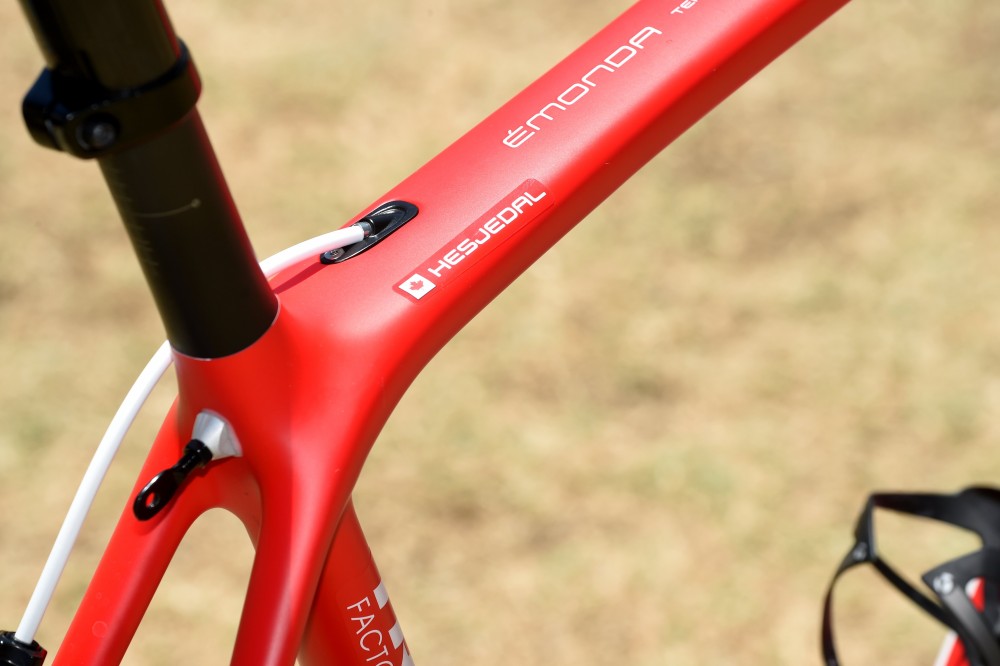
Optimum Compaction refers to the way sheets of carbon are layered into the mould, and optimised via heat and pressure - in Trek's opinion the two treatments are administered to the perfect ratio. Low Void refers to the minimisation of space between the layers of carbon, which might otherwise reduce strength and durability.
In 1995, Trek opened an independent facility inWhitewater, Wisconsin. The idea being that the Waterloo factory would work in frame development only. For those who want to customise their ride, the'Project One' custom paint programme arrived in 2001.
Trek's pro cycling support
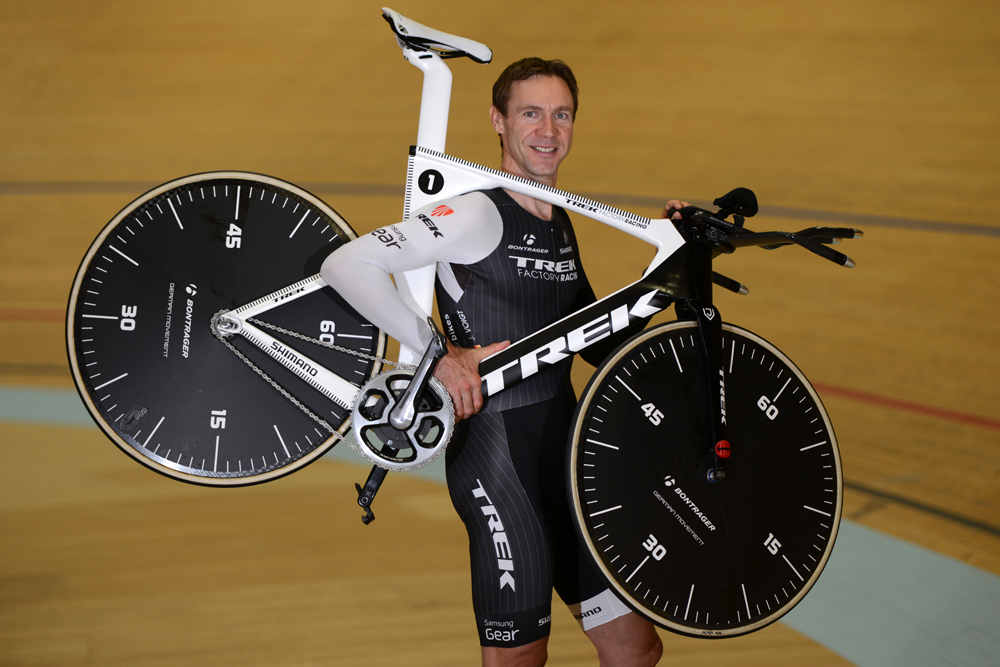
Trek supported now disgraced American cyclist, Lance Armstrong, through his peak years. In 1997, it helped him sign with their sponsored team, US Postal Service Pro Cycling. He won his seven editions of the Tour de Frances on bikes bearing the brand name, but all of said wins were later taken from him following doping violations.
In 2014, the brand sponsored the Trek Factory Racing Team, now calledTrek–Segafredo. In that role, it provided bikes for high profile winners such asFabian Cancellaraand Alberto Contador,as well as Jens Voigt, and notably his Hour Record in September 2014.
In 2020, Trek continued to support the Trek-Segafredo men's and women's race outfits, two highly successful teams.
Trek's acquisitions
Over the years, Trek has made a number of high profile acquisitions. The most famous, perhaps, Gary Fisher bicycles - the mountain bike brand which it took over in 1993.
Later came Bontrager Cycles in 1995 and Electra Bicycle Company in 2014. Bontrager, now Trek's component and apparel brand, maintains the same name as does Electra, the creator of leisure bikes and accessories.
Useful links for road bike shoppers…
| Brands/topics | Model overviews and reviews |
| BMC bikes | BMC bike reviews |
| Boardman | Boardman bike reviews |
| Cannondale | Bike reviews,SuperSix Evo,CAAD12,Synapse |
| Canyon bikes | Canyon bike reviews |
| Carrera bikes | Carerra bike reviews |
| Cervelo bikes | Cervelo bike reviews |
| Cube bikes | Cube bike reviews |
| Focus bikes | Focus bike reviews |
| Genesis bikes | Genesis bike reviews |
| Giant bikes | Giant bike reviews,Giant Defy,Giant Propel,Giant TCR |
| Pinarello | Pinarello bike reviews |
| Raleigh bikes | Raleigh bike reviews |
| Ribble bikes | Ribble bike reviews |
| Scott bikes | Scott bike reviews |
| Specialized | Bike reviews,Allez,Tarmac,Diverge |
| Trek bikes | Bike reviews,Domane,Emonda,Madone |
| Price points | Bikes under £500,under £1000,under £1500,under £2000 |
| Road bike styles | Aero road bikes,Endurance road bikes,Women’s road bikes,Commuting bikes,Touring bikes,Singlespeed bikes,Track bikes,Time trial bikes |
| Other bike styles | Adventure and gravel bikes,Cyclocross bikes,Electric bikes,Hybrid bikes |
Trek's road bike models
Trek is able to offer a wide range of different bikes, each tuned to a slightly different purpose. Some model families are available in a selection of standards (SLR premium carbon, SL carbon, ALR premium aluminium and AL aluminium), and then these come with assorted levels of componentry to suit your price bracket.
To add even more depth to the range, Trek offers many models in two different 'fits'. The Madone and Émonda come as standard in an H2 (traditional) fit, but there are versions in what it calls 'H1' fit. This is more aggressive, shaving off about 30mm on the head tube to create a longer, lower ride. The Domane comes in an H2 'Endurance' fit, with a few models in 'Pro Endurance', again with a longer and lower stance on offer.
Here's a look at the key model families...
With each product is a ‘Buy Now’ or ‘Best Deal’ link. If you click on this then we may receive a small amount of money from the retailer when you purchase the item. This doesn’t affect the amount you pay.
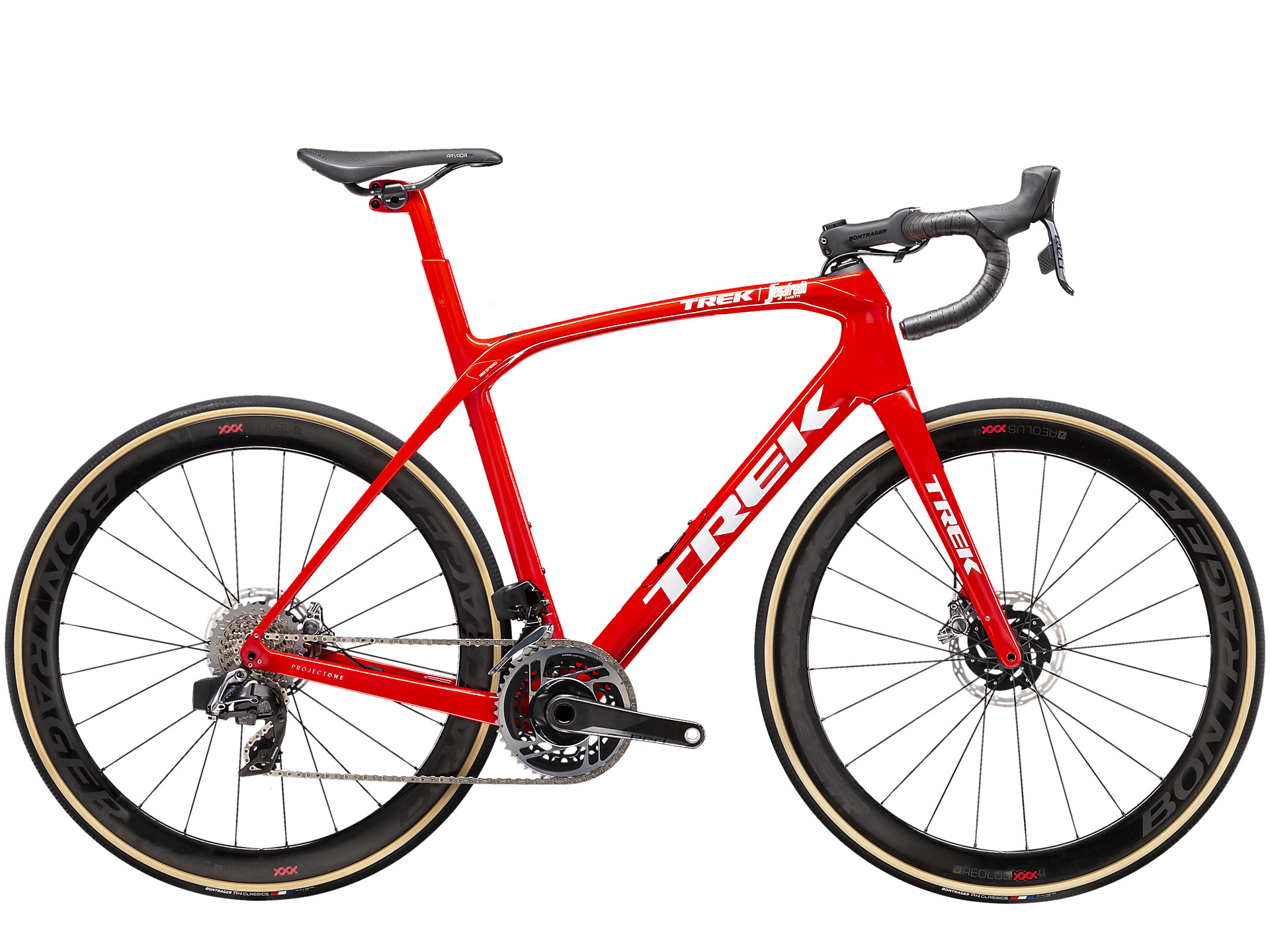
Reasons to buy
Reasons to avoid
The Trek Domane was introduced in 2012. It was created to offer a comfortable ride, the key feature being an IsoSpeed decoupler which separated the seat tube from the top tube, thus reducing vibrations and fatigue.
In 2016 it gained theFront IsoSpeed, which helps to reduce vibrations at the front end without impacting handling. This came alongside a new slider, which alters the level of dampening offered by the rear.
In its most recent update, the Domane took notes from the Madone with an aero fork profile, whilst becoming more versatile thanks to clearance for 38mm tyres (without mudguards, 35mm with). It also gained a downtube compartment for stashing tools (or snacks!).
Though comfort is important to the Trek Domane, it's still a racing frame, and its prowess has been demonstrated by UCI WorldTour riders at major one-day Classics, such as Strade Bianche and the Tour of Flanders. The top Domane bikes come with an H1.5 fit, which was developed with the Trek-Segafredo teams to offer the optimal balance between aerodynamics and endurance.
The Trek Domane - available as a men's build or with women's specific componentry - is a fast selling model, which comes in a range of frame materials.
The Domane SLR uses the lightest carbon Trek offers, the SL is one step down, whilst the AL uses aluminium and is the cheapest of the range.
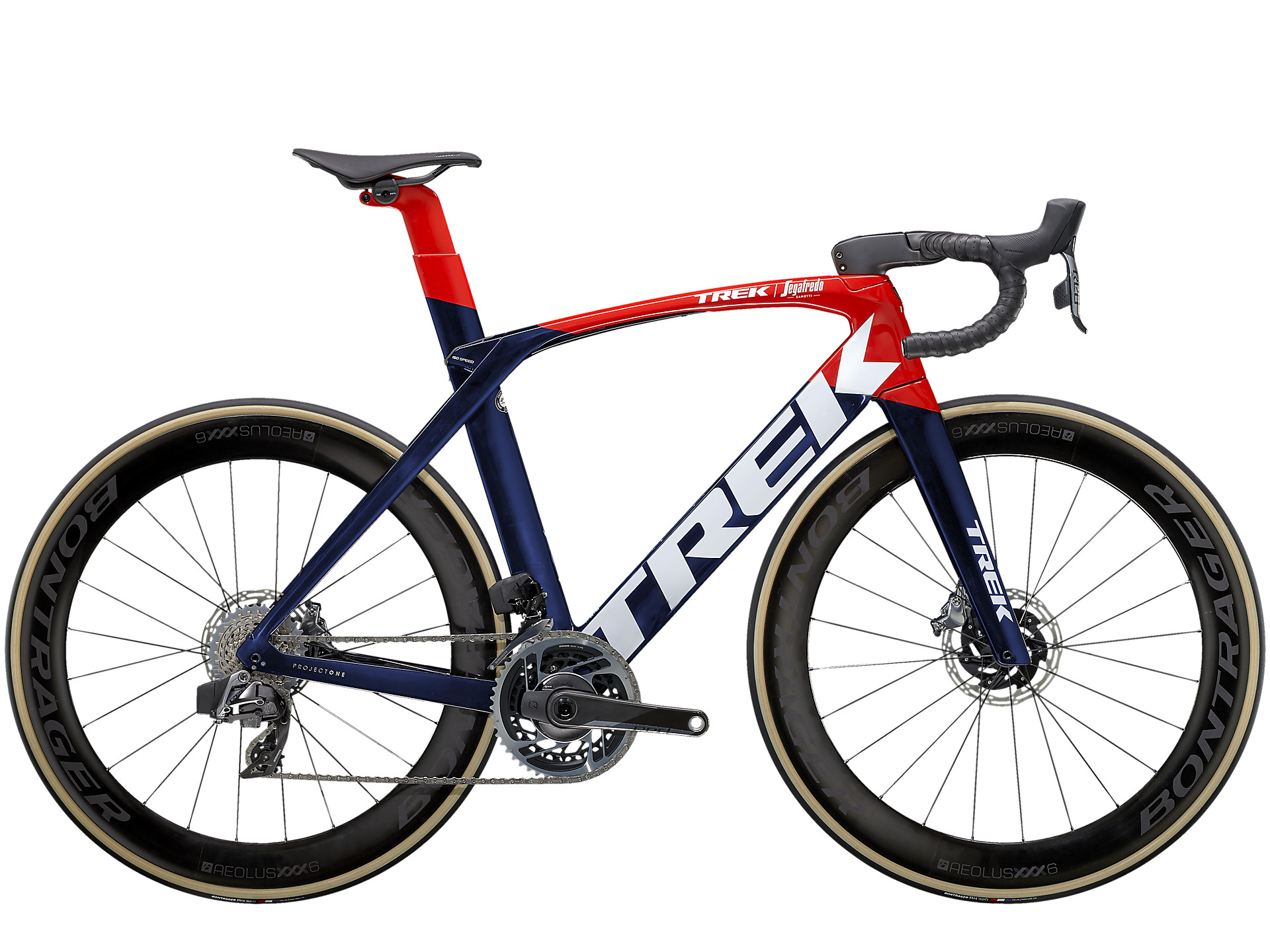
Reasons to buy
Reasons to avoid
The Trek Madone is quite another beast, and the bikes come built for men and women; the latter's models with women's saddles and narrower handlebars. With an aggressive geometry and stiffness to boot, it's a road race hero, and aerodynamics have become part of its lifeblood. When we tested five aero bikes, head to head, the Trek Madone came out fastest.
Modern Trek Madone's feature a high level of integration, with the cables tucked away yet reachable via an access point at the top of the down tube.Wind tunnel testing has helped Trek to create theirKVF (Kammtail Virtual Foil) tube shapes, used on the frame and fork. These unconventional tube shapes are designed to further reduce drag, helping the rider/bike unit to slice through the air efficiently.
Because being bumped around doesn't make you faster, the Madone also features an IsoSpeed decoupler at the seat tube and more recently an adjustable one at the head tube, which offers greater compliance whilst still being integrated to prevent adding drag.
The newest model, according to Trek, can offer 17 per cent more compliance through to 21 per cent more stiffness, depending upon your chosen setting. A damper at the seatpost is also said to cut rebound by 13 per cent. All of these stats add up to a bike that can be comfortable and stiff at the same time - and one that earned a place in our 2018 Editor's Choice awards.
The majority of the bikes come in a more relaxed 'H2' geometry, save for the Madone SLR, which is in an 'H1.5' fit - this is designed to allow riders to achieve an H1 fit or an H2, depending upon their set up.
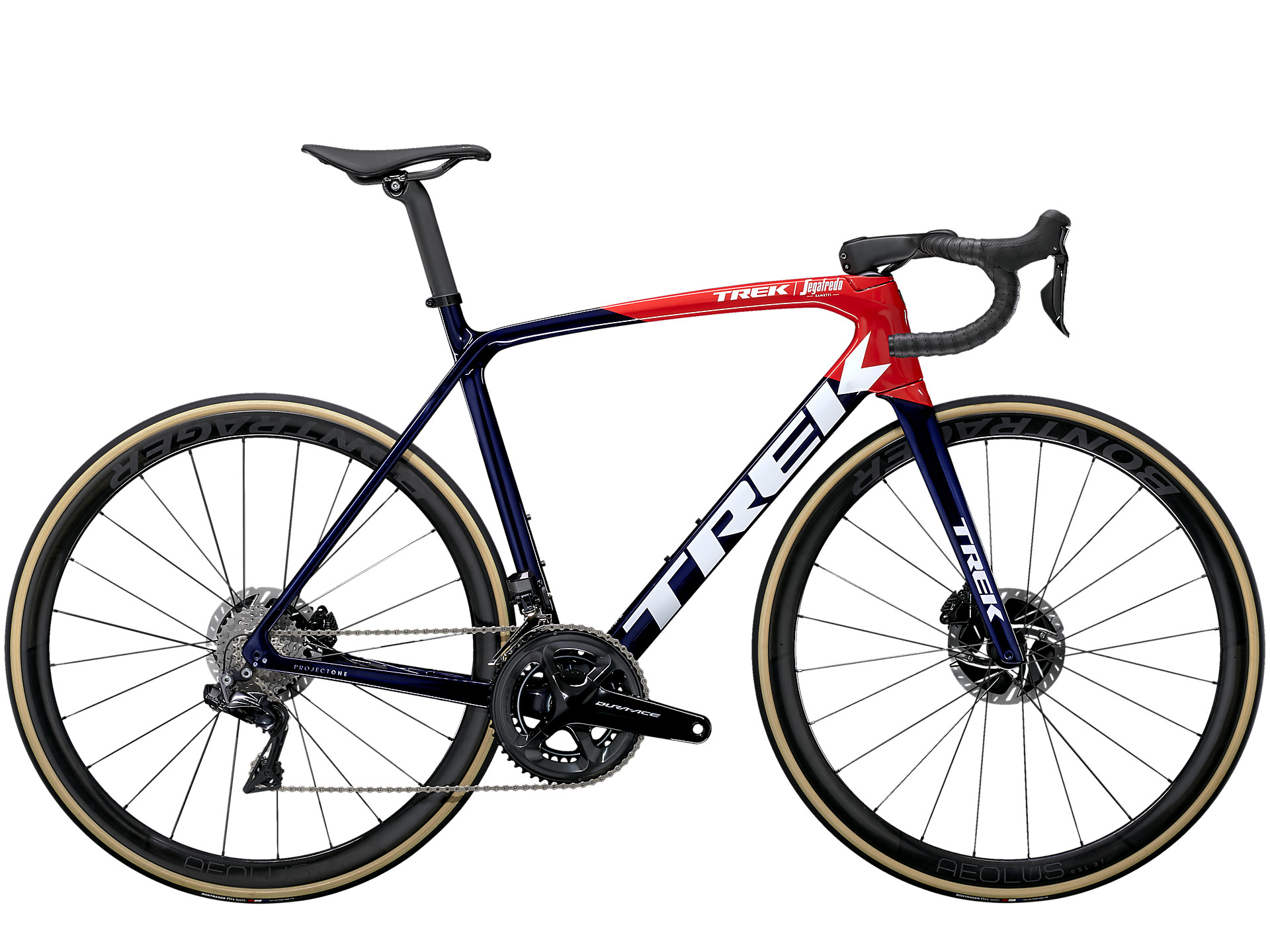
Adding more depth to the Trek family is the Trek Émonda, launched in 2014. Designed to be a climbing bike, newer adaptations are capable of negotiating mixed terrains - with disc brakes available and tyre clearance to 28mm.
>>> Trek Émonda range explained
Trek continues to work on developing the Émonda, dropping the weight of the top end Trek Émonda SLR to 640g in a size 56cm (665g with discs) and 1091g for the Trek Émonda SL (1149g with discs). The weight difference is largely achieved by the use of700 Series OCLV carbon on the SLR, as opposed to 500 series on the SL.
The aluminium model has seen some major work and the result earned it a place in the Editor's Choice 2019 awards. The key characteristic we loved was the way it simply didn't look, or ride, like aluminium. A lot of this is down to Trek's 'Invisible Weld Technology' which increases the surface area of the frame, adding to strength and reducing weight. The ALR model's frame weight comes in at a competitive 1112g, or 1131g with discs, and it uses the brand's 300 Series Alpha Aluminium.
The carbon models are available in 'SLR' build or 'SL', the former being the lightest and the latter more affordable. The majority of Trek Émonda bikes cone in an 'H2' fit, but they can be purchased in an 'H1' geometry, if you choose the top end 'Race Shop' version.
There are a few nods to neatness and integration around, such as the use of 'Blendr Integration' which seamlessly mounts Bontrager’s cycling computer, Ionbike lights or even Garmin computers directly to the handlebars. On SLR versions there's ‘Control Freak Cable Management’ which allows for shifter and brake cables to be housed through the frame.
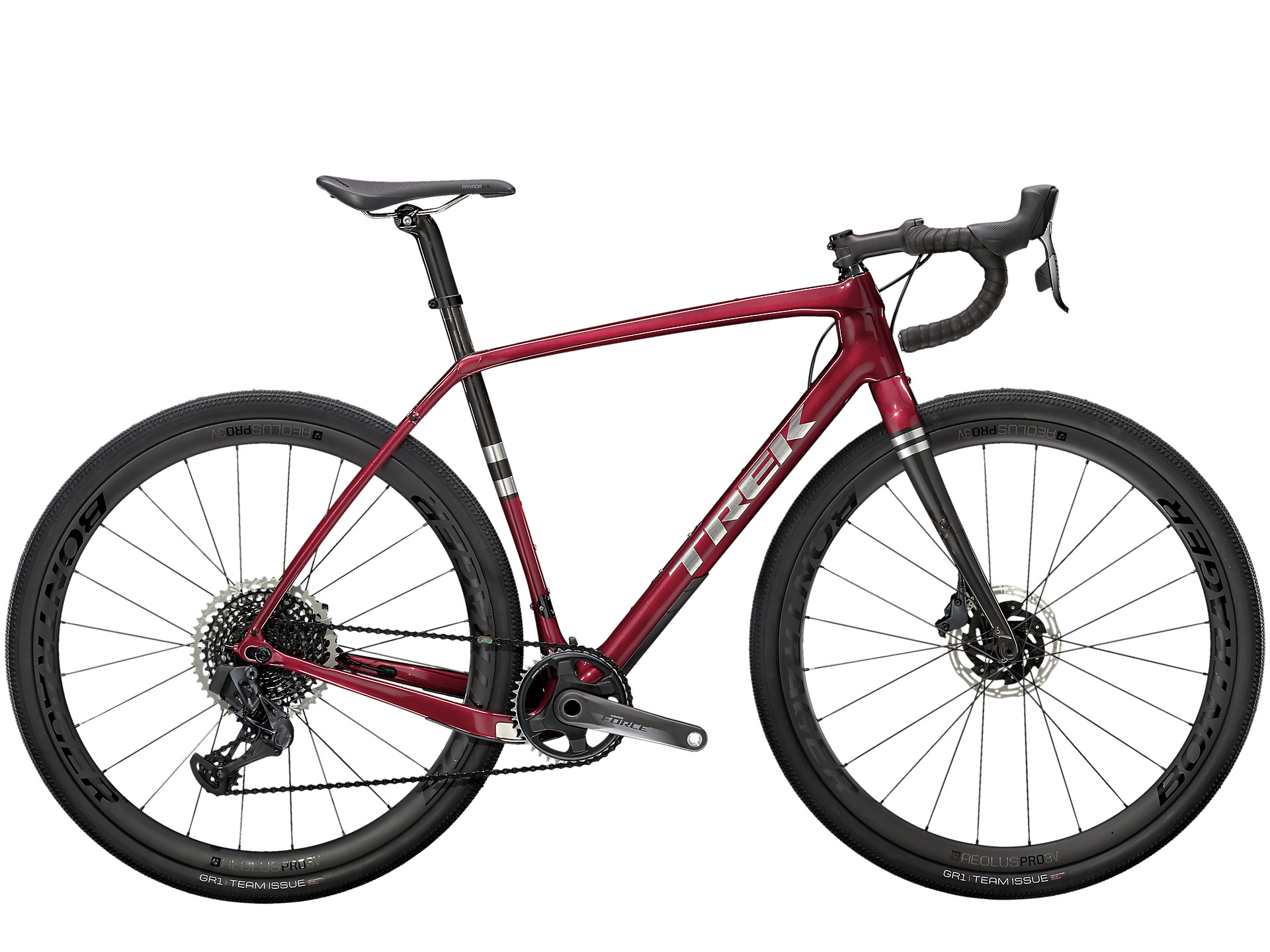
Trek Checkpoint
With gravel and adventure bikes a fast growing category, the Checkpoint is Trek's offering to fill that sector. The crucial element here is that both the SL and ALR frame options come fitted out with 35c gravel tyres, and can accommodate rubber up to 45c. They've all got internal cable routing, to ensure much stays out, whilst the higher end models use 'Control Freak' routing which is neater.
>>> Best gravel bikes: the top models reviewed
If you opt for the carbon SL model, you get vibration dampening from an IsoSpeed decoupler at the rear, too. To provide stability and confidence on light trails as well as comfort on all-day adventures, the geometry is not as aggressive as the road bikes elsewhere in the range. Such all-day rides warrant plenty of kit, so there's mounts for racks and mounts. Similar to elsewhere in the range, there's AL, ALR and SL models.
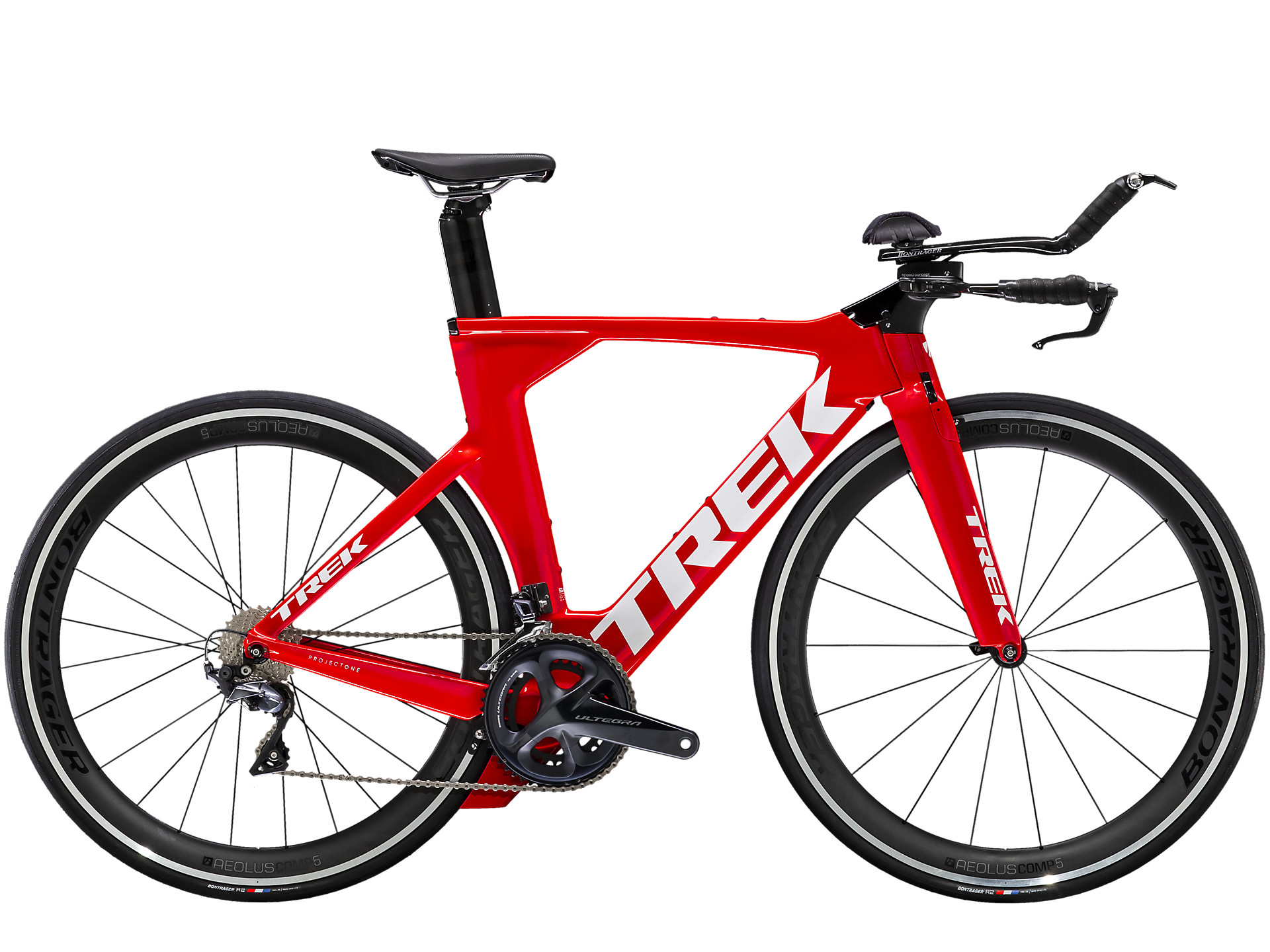
Trek Speed Concept
Trek's Speed Concept time trial bike has been raced by the pros yet is still seen on the amateur race scene as a popular option.
>>> Check out Fabian Cancellara's 2016 Speed Concept
The frames use 500 Series OCLV Carbon, boasting the KVF (Kammtail Virtual Foil) tube shapes described in the Madone, plus a carbon fork with integrated brake and stem - the key goal being cutting through the air quickly.There's space to fit Trek's SC Draft Box and SC Sped Box, largely used by triathletes carrying snacks.
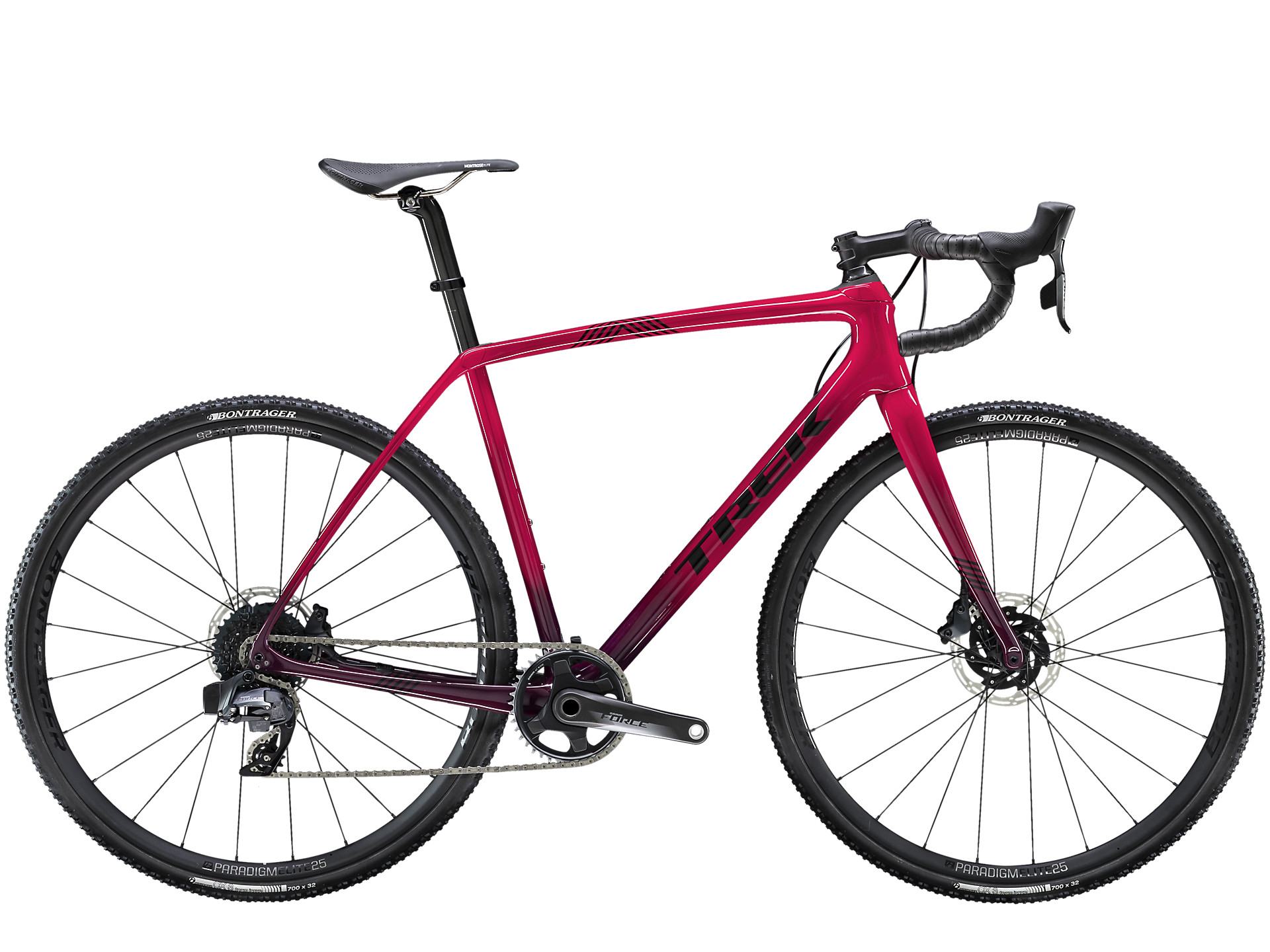
Reasons to buy
Reasons to avoid
Trek's got plenty of experience in the muddy realm of off-road cycling - and they've got a selection of cyclocross bikes. The Trek Boone 7 model comes with hydraulic disc brakes, a one-by crank and 12-speed cassette and they've all got Bontrager's own 33c cyclocross tyres.
The frame material is Trek's 600 series OCLV carbon, and there's front and rear IsoSpeed decouplers to help riders negotiate the mud without excess transfer of vibration. Combining the mud ready tyres, disc brakes, 'cross focused cable routing and geo into an aluminium package is the Trek Crockett family.
They key differentiation is the frame material, which is300 Series Alpha Aluminium, and there's no decoupler. However, it's still a performance bike that's ready to race.

Thank you for reading 20 articles this month* Join now for unlimited access
Enjoy your first month for just £1 / $1 / €1
*Read 5 free articles per month without a subscription

Join now for unlimited access
Try first month for just £1 / $1 / €1
Get The Leadout Newsletter
The latest race content, interviews, features, reviews and expert buying guides, direct to your inbox!
Michelle Arthurs-Brennan the Editor of Cycling Weekly website. An NCTJ qualified traditional journalist by trade, Michelle began her career working for local newspapers. She's worked within the cycling industry since 2012, and joined the Cycling Weekly team in 2017, having previously been Editor at Total Women's Cycling. Prior to welcoming her first daughter in 2022, Michelle raced on the road, track, and in time trials, and still rides as much as she can - albeit a fair proportion indoors, for now.
Michelle is on maternity leave from April 2025 until spring 2026.
-
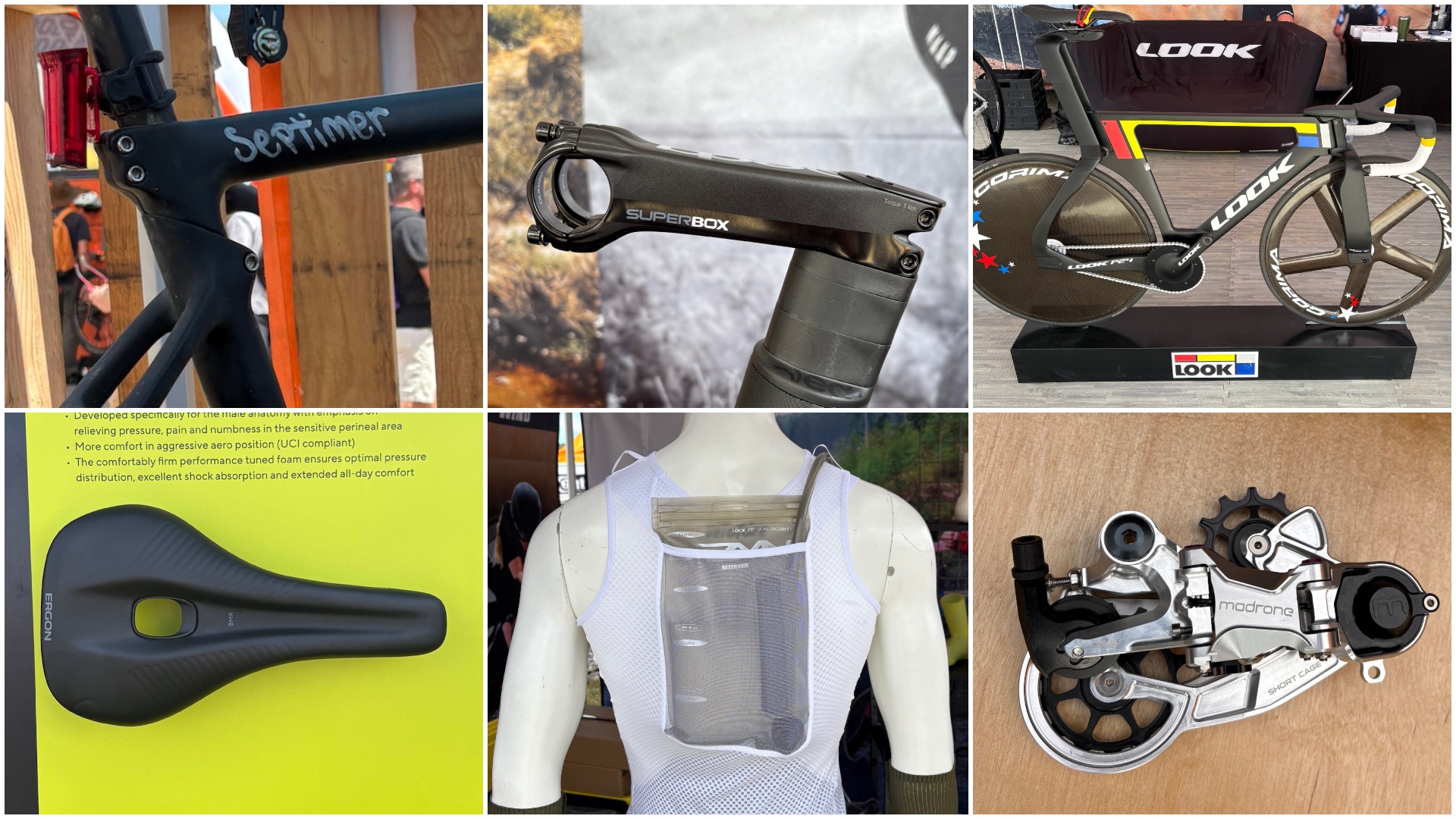 The Sea Otter Classic: sights and sounds from the biggest bike gathering in North America - Part 1
The Sea Otter Classic: sights and sounds from the biggest bike gathering in North America - Part 1Odds and ends that run the gamut, from a $13,000 frameset to armoured kit and new hydro-vests
By Tyler Boucher Published
-
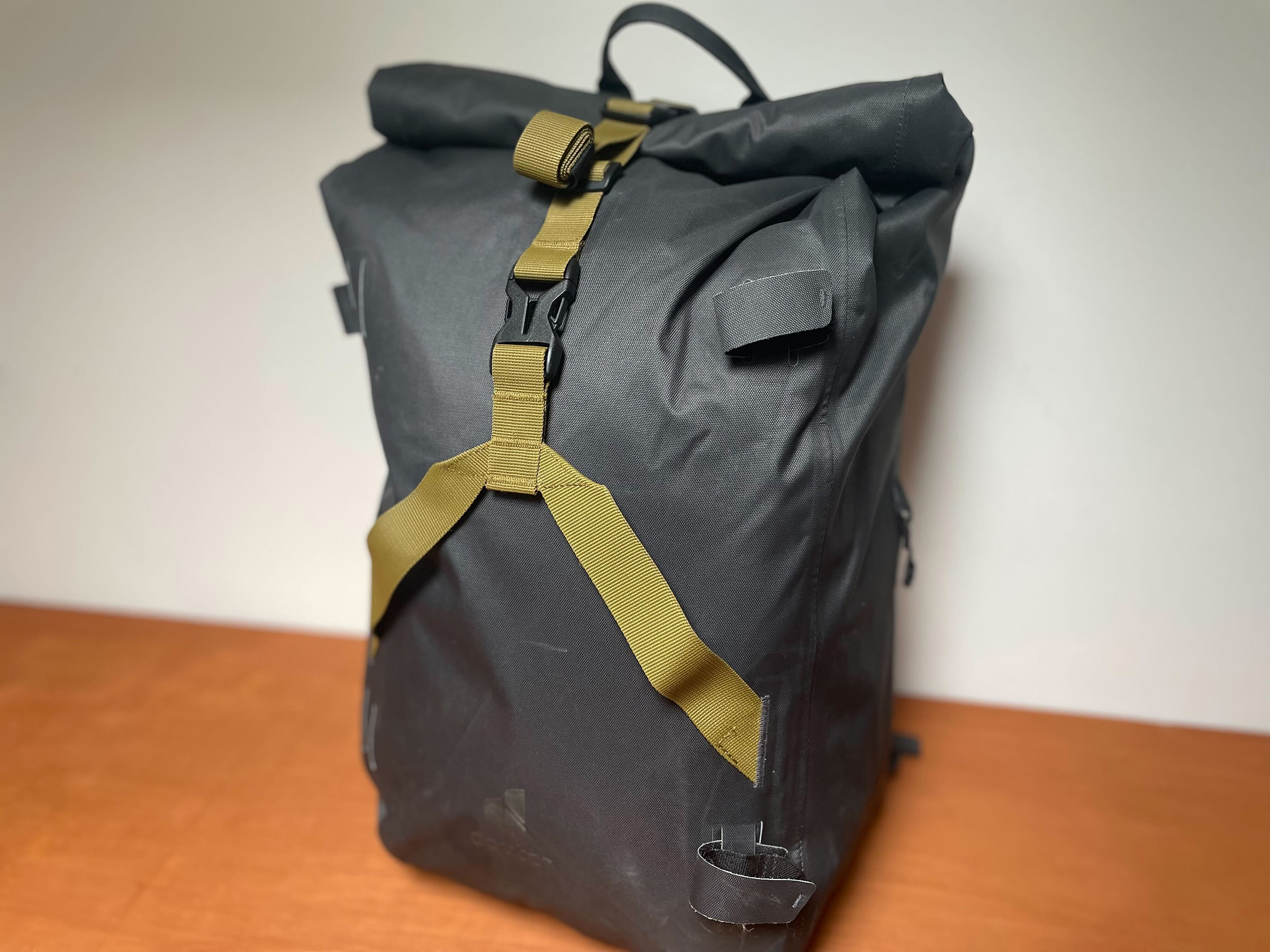 Deuter's 30ltr commuter backpack
Deuter's 30ltr commuter backpackA rolltop bag to fit a change of clothes and a sandwich. And keep them dry
By Simon Richardson Published